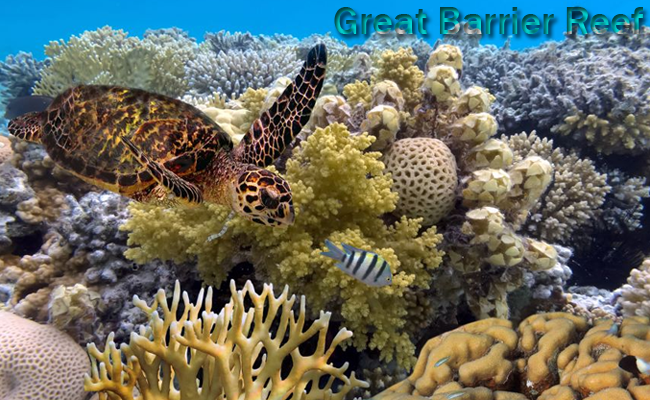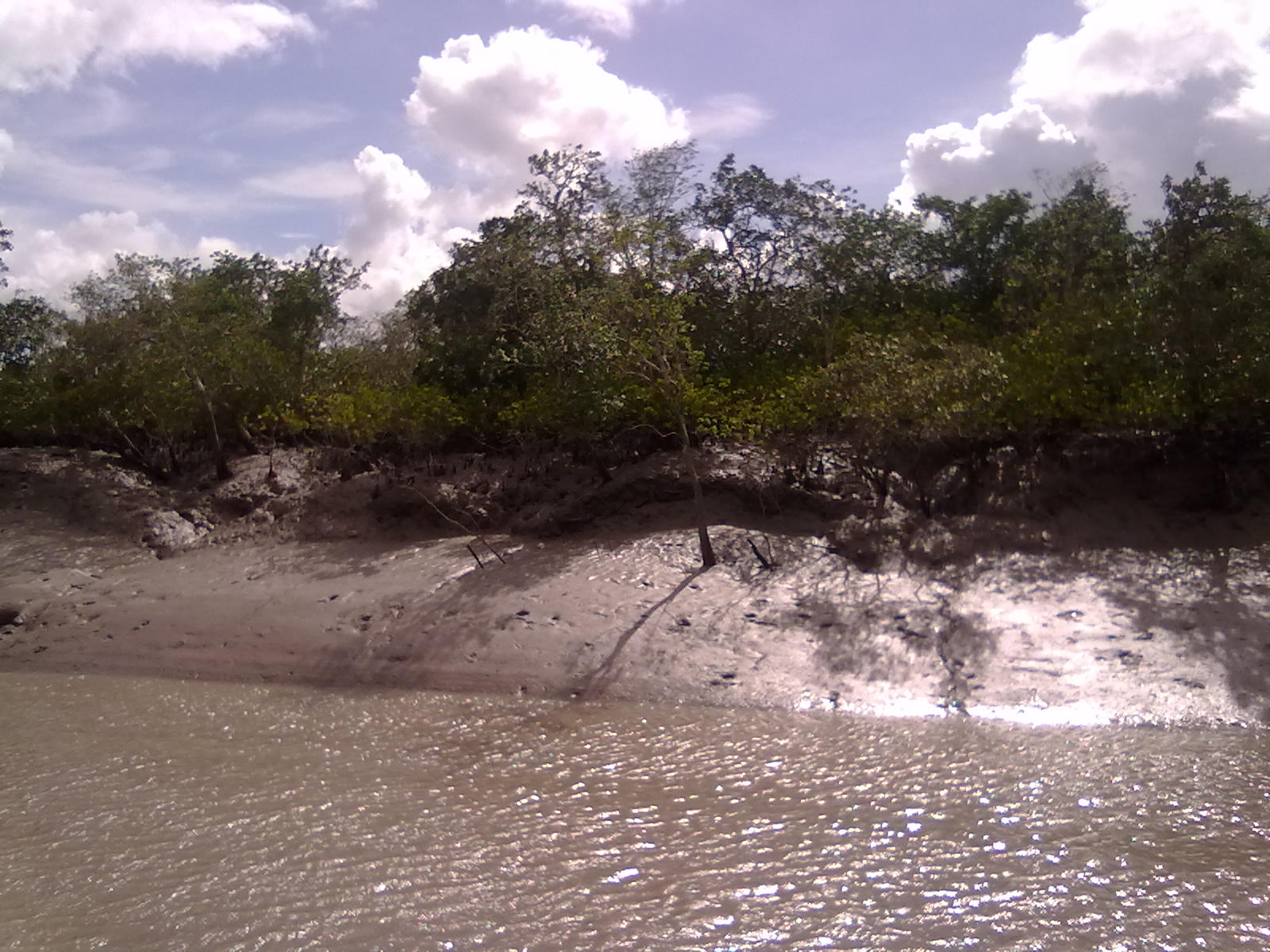The Great Barrier Reef: A Natural Wonder of the World
The Great Barrier Reef is a world-renowned natural wonder located off the coast of Australia. It is the world’s largest coral reef system and is home to a diverse range of marine life. The reef has been designated a World Heritage Site by UNESCO and is one of the most popular tourist destinations in Australia. In this article, we will explore the history and importance of the Great Barrier Reef and the threats that it currently faces.
History and Formation of the Great Barrier Reef
The Great Barrier Reef is estimated to be around 500,000 years old, and it was formed through a process known as coral polyp accumulation. Coral polyps are tiny animals that live in colonies and secrete a hard outer skeleton made of calcium carbonate. Over time, these skeletons accumulate and form the complex reef structure that we see today.
The reef system stretches over 2,300 km along the coast of Queensland, Australia, and covers an area of 344,400 square kilometers. It is made up of over 2,900 individual reefs and 900 islands, making it the largest structure created by living organisms on Earth.
Importance of the Great Barrier Reef
The Great Barrier Reef is not only a natural wonder, but it is also an important ecosystem that supports a diverse range of marine life. It is home to over 1,500 species of fish, 600 species of coral, and numerous other marine animals such as sharks, turtles, and dolphins.
The reef also plays an important role in the economic and cultural life of the people of Australia. It supports a thriving tourism industry and provides income and employment opportunities for thousands of people. It also has cultural significance to the Indigenous people of Australia, who have a deep spiritual connection to the land and sea.
Threats to the Great Barrier Reef
Despite its importance and beauty, the Great Barrier Reef is facing numerous threats. Climate change is one of the biggest threats, as rising sea temperatures and ocean acidification are causing coral bleaching and death. Coral bleaching occurs when the symbiotic relationship between coral polyps and algae breaks down, causing the coral to turn white and eventually die.
Other threats to the reef include pollution, overfishing, and habitat destruction. Agricultural runoff, coastal development, and oil spills all contribute to pollution, which can harm the marine life and damage the reef’s delicate ecosystem. Overfishing can also disrupt the balance of the ecosystem by removing key species from the food chain.
Efforts to Protect the Great Barrier Reef
The Australian government and various organizations are working to protect the Great Barrier Reef from the threats it faces. The government has implemented policies to reduce pollution and overfishing, and it has committed to reducing greenhouse gas emissions to combat climate change.
In addition, the Great Barrier Reef Marine Park Authority was established in 1975 to manage and protect the reef. The Authority works with stakeholders, scientists, and Indigenous communities to develop and implement management strategies to protect the reef’s ecosystem.
Conclusion
The Great Barrier Reef is a natural wonder that is not only beautiful but also ecologically and economically important. It is facing numerous threats, but there are efforts underway to protect and preserve it for future generations. As individuals, we can also do our part by reducing our carbon footprint, supporting sustainable tourism, and being mindful of the impact of our actions on the environment. By working together, we can help ensure that this natural wonder remains a thriving and healthy ecosystem for many years to come.
![]()





